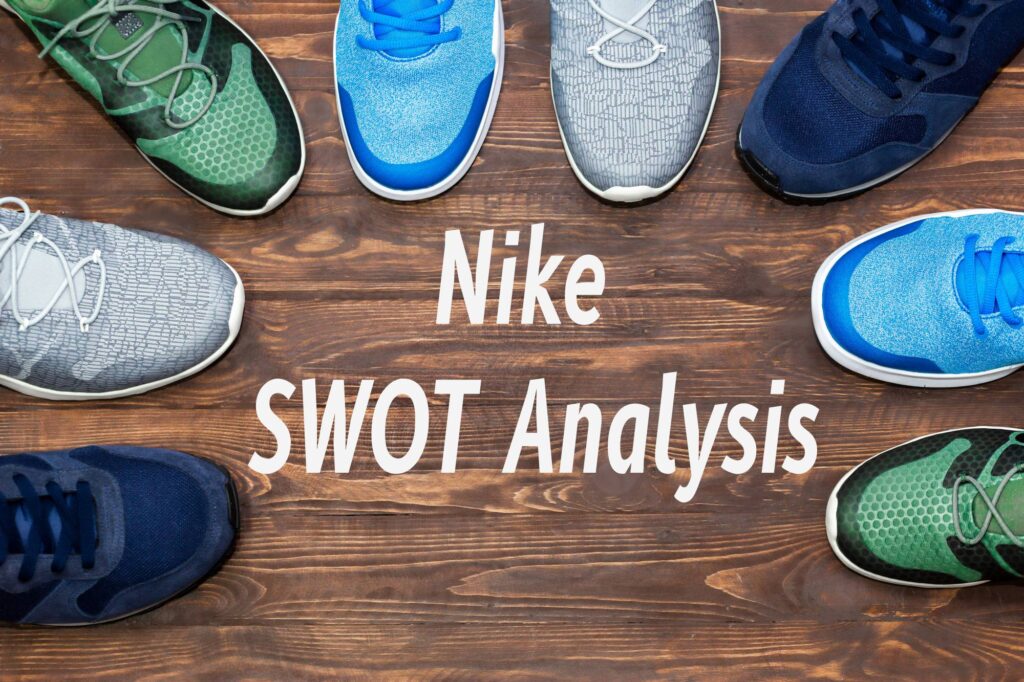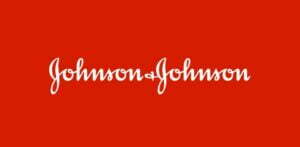Last Updated on 2 years ago by Nicky Johnson
Nike is an American multinational corporation that designs, manufactures, and sells shoes, clothing, accessories, and other athletic goods. The company was founded on April 1, 1964, in Oregon City, Oregon.
Nike operates in more than 100 countries and employs over 260,000 people. The company’s main products include Nike shoes and apparel for men, women, and children; Nike+iPods for runners; Jordan footwear; and Brooks Running shoes.
Nike generated an estimated net profit of around $2 billion in 2018, shrugging off the perennial challenges of the shoe industry to become an industry giant through savvy advertising strategies. Nike’s famous catchphrase “Just Do It” and strong celebrity endorsements have made its products a worldwide icon.
In this article, we will be conducting a SWOT analysis of Nike, where we look at Nike’s Strengths, Weaknesses, Opportunities, and Threats that will affect the business. That will help us to gain a balanced perspective of the company’s upcoming plans, and help us better understand their current and future decisions.

Nike SWOT Analysis
Nike’s SWOT analysis will indicate its strengths and limitations hindering its progress over time. Similarly, exploring the opportunities and threats present in the existing marketplace situation will reveal Nike’s possible business strategies to properly address the challenge.
Strength:
Strong Core Brand
The Nike brand itself is the strongest if not the strongest name in the athletic footwear industry. Globally, Nike is one of the first brands that come to mind when you think about trendy athletic footwear. Overall, this core brand is one of Nike’s greatest strengths, and you can bet that helps the company rake in billions of dollars.
The corporate brand portfolio includes many products
Because the Nike brand itself is incredibly strong, the company has a diverse brand portfolio beyond that. Most notably, this brand portfolio includes Converse as well as many Nike-centric sub-brands such as Nike Shox, Nike Blazers, and Nike Tiem. This indicates that Nike has its foundation well spread across the footwear industry, allowing it to easily wrap itself around smaller or weaker brands.
Products with less cost
Some of Nike’s shoes are produced in Indonesia, Thailand, and other developing Southeast Asian countries. Nike’s products are made in low-income countries with lots of cheap labor, which is a significant source of Nike’s inexpensive materials. Nike can produce its shoes at this low price due to the low cost of labor and inexpensive materials.
You also like: Netflix swot Analysis
Weaknesses
Influenced by the United States market.
Forty percent of Nike’s revenue in 2018 came from the US market. This indicates that Nike is hugely dependent upon its involvement in this market. If conditions were to change in the United States that affected Nike’s ability to sell on the market here, that could be detrimental to Nike’s business.
Outsourced Manufacturing is a type of outsourcing
Even though the low cost of manufacturing products overseas makes it attractive, there are a few drawbacks. 1 is that you will have either to establish local manufacturing facilities or contract your work to third parties. Nike chose to outsource their manufacturing processes to other countries, which is why its products are not necessarily of good quality.
Boots focus
While Nike is not very diverse when it comes to the overall footwear industry, Nike has not diversified itself very much beyond footwear. Nike may consider expanding its horizons in this industry. In addition, when it comes to things like production systems and investing in countries that need to invest in BlackBerry services.
Opportunities
Emerging Markets
As countries across the world become more wealthy, their citizens in developing nations have more disposable income. In places such as Southeast Asia, increasing disposable incomes make new markets for enterprises. If Nike is successful in these new markets, they could have greater exposure and reduce the amount they bought off the United States.
Growing Market
There are increasing numbers of people on the planet, and many of them (particularly in developed countries) are becoming more and more physically active. These two phenomena make a growing trend in the footwear industry. If Nike is smart regarding how it plays this trend, then that will increase Nike’s profits.
Responsible Manufacturer
In many countries, there is an increasing desire to understand where products come from and how the environment and workers have been treated. This presents another marketing opportunity for Nike. If they can prove themselves as a responsible manufacturer of sportswear products, their market share may grow among more ethically and environmentally responsible consumers.
Threats
Competition
Nike competes in the field of highly competitive sports apparel. Other big names in the market of sports apparel it outsells concerning competitive measurements, such as Adidas, PUMA, and Reebok. Nike, therefore, has to be careful to ensure that it is not overtaken by one of these players, or is at least capable of taking a leading position.
Tax Clampdowns
Nike, like other large companies, has established tax strategies that work down to the dollar. In its billion-dollar profits, Nike has been able to avoid paying excessive amounts of tax, thanks to its optimized tax strategies.
There is controversy over the leeway large organizations are given when it comes to tax matters and their capacity to pay low amounts of tax. There is growing concern about the large scale of tax abuse because so much of individual pay packets are unknown.
Counterfeiting
As a valuable brand product, Nike apparel is highly counterfeited in many situations. Counterfeit Nike goods are easy to find even online. Nike must take steps to limit the counterfeiting of its merchandise’s effects on the core business model, perhaps by taking legal action against counterfeiters or by developing an app to notify customers of safety risks.
Conclusion
Nike is a huge company that enters into a fierce market, but it has done exceptionally well. Its accomplished brand, low costs, and leverage of international markets helped Nike generate over ten billion dollars each year.
Unfortunately, Nike is wholly dependent on the US market and doesn’t yet have a strong foothold beyond the footwear and sports apparel markets. Nike must protect itself from external threats.







